This Article has been revised, edited and added to, by Poulomi Chakraborty.
- The Aesthetics of Appeal
- Functional Elegance
- Sustainable Innovation
- Personalized Experiences
- Sensory Appeal
- Storytelling Unleashed
- Narratives in Every Sip
- Historical Echoes
- Imagery and Iconography
- Crafting a Narrative with Every Layer
- Integrating Local and Cultural Elements
- Utilizing Technology to Share Your Story
- Emphasizing Sustainability as Part of the Brand Narrative
- Reinforcing the Narrative with Consistent Messaging Across Channels
- A Toast to the Future of Beverage Packaging
- Conclusion
In the multifaceted universe of branding, the beverage sector occupies a space where competition is fierce, and differentiation is not just essential but pivotal. Every bottle, can, or carton isn’t merely a container but a silent ambassador of the brand’s identity, ethos, and narrative. As we pour into the world of beverage branding, we’ll unravel the intricate dance of aesthetics, functionality, sustainability, and innovation that packaging embodies, turning every sip into an experience, every beverage into a story.
The Aesthetics of Appeal

Visual Harmony
In the world of beverages, the first interaction between the consumer and the brand is often visual. The packaging isn’t just a visual entity but a harmonious blend of colors, designs, textures, and forms that strike an immediate chord, inviting the consumer into the brand’s world.
Color Psychology
Colors aren’t arbitrary; they are chosen with meticulous precision, each hue echoing the beverage’s character. A refreshing aqua tone for a hydrating water brand, the rich burgundy for a luxurious wine – every color is a visual narrative.
Design Intricacies
Beyond colors, the design elements – the logo placement, imagery, typography – all converge to create a visual symphony that embodies the brand’s identity. It’s a visual language that communicates without uttering a word.
Creating a Visual Identity
Developing a visual identity goes beyond the initial attraction; it’s about crafting a coherent and memorable image that resonates with consumers on multiple levels. For startup founders in the beverage industry, it’s imperative to understand that your product’s packaging is your foremost advertising tool.
To capitalize on this, ensure that every aspect of your packaging design, from the cap to the label, aligns with the emotions and values that your brand embodies. This could mean opting for bold, innovative designs that break from tradition or embracing minimalist aesthetics that speak of purity and simplicity.
Emotional Resonance Through Design
The connection between consumer emotion and design aesthetics is potent and can dramatically influence buying decisions. Startup founders should consider how their packaging can evoke specific feelings or moods.
For example, using soft, pastel colors and smooth textures can convey comfort and tranquility, ideal for beverages meant to relax or soothe the consumer. In contrast, vibrant colors and dynamic shapes can generate excitement, aligning well with energy drinks or innovative cocktails. The key is to match the design elements with the intended consumer experience, making the packaging a direct conduit of the product’s essence.
Consistency Across Touchpoints
Consistency in design across various touchpoints—bottles, cans, secondary packaging, and promotional materials—helps in building a strong and recognizable brand. For startups, this means your beverage packaging should not only look great on its own but also when placed alongside other products in your line.
This consistency helps in reinforcing brand identity and aids consumers in easily recognizing your products on crowded shelves. Consider developing a signature design element, like a unique bottle shape or a distinctive graphic motif, that can be adapted across different formats and sizes.
Leveraging Technology in Design
Advancements in digital printing technology have opened new horizons for personalized and small-batch packaging designs, which can be particularly advantageous for startups looking to test the market with limited runs or special editions.
Utilizing these technologies allows brands to rapidly innovate and adapt their packaging based on consumer feedback or market trends without significant upfront investment. This agility can be a significant competitive advantage in the fast-paced beverage industry.
Strategic Use of Materials and Finishes
The choice of materials and finishes plays a critical role in the aesthetic appeal of beverage packaging. Startups should consider not only the look but also the feel of different materials.
Glass, for instance, might convey premium quality and sustainability, while certain plastics can offer durability and lighter weight for better portability. Finishes such as matte, gloss, or metallic can drastically alter the visual impact of your packaging and should be chosen to best reflect the product’s premium or everyday nature.
The aesthetics of packaging in the beverage industry are not merely about beauty but about strategic design decisions that communicate the brand’s core values and appeal to the consumer’s senses. For startups, these decisions are crucial in differentiating their products in a highly competitive market.
By focusing on creating a unique visual identity, ensuring emotional resonance, maintaining consistency, leveraging modern technology, and carefully selecting materials and finishes, new beverage brands can effectively capture and retain consumer interest.
Functional Elegance

Practicality Meets Aesthetics
In the ballet of beverage packaging, functionality and aesthetics are partners, moving in harmony. A package is not just admired for its visual appeal but appreciated for its functionality—how effortlessly it pours, how securely it seals, and how comfortably it fits in the hand.
Ergonomic Designs
Consider the elegant curvature of a Coca-Cola bottle or the sturdy grip of a Gatorade bottle. These aren’t accidental but meticulously crafted to enhance user comfort, making every sip not just a taste experience but a tactile pleasure.
Material Choices
The choice of materials, from glass and plastic to aluminum and carton, plays a pivotal role. It’s a balance between preserving the beverage’s integrity, ensuring durability, and offering a tactile experience that resonates with the brand’s character.
Integrating User-Centric Design
When developing beverage packaging, startups need to prioritize user-centric design principles that enhance the overall consumer experience. This involves deeply understanding the end-user’s needs and behaviors to create packaging that is not only aesthetically pleasing but also highly functional.
Consider the ergonomics of the package: Is it easy to open, hold, and pour? Does it fit conveniently in car cup holders or refrigerators? Addressing these questions can lead to innovations that significantly improve usability and consumer satisfaction.
Optimizing Packaging for Distribution and Retail
The functionality of beverage packaging extends beyond the consumer’s direct interaction with it. Startups must consider how their packaging performs throughout the distribution chain.
This includes ensuring that packages are durable enough to withstand shipping and handling, while also being stackable and space-efficient to optimize transport and storage costs.
Furthermore, the design should enhance shelf appeal and facilitate efficient stocking and retail display, features that can encourage retailers to prioritize your product over competitors’.
Advancing Through Smart Packaging Technologies
Smart packaging technologies offer a wide array of functionalities that can elevate the consumer experience and provide valuable insights to brands. For instance, integrating temperature-sensitive inks that indicate the ideal drinking temperature or incorporating NFC (Near Field Communication) chips that allow consumers to access detailed product information with a simple tap of their smartphone.
These technologies not only enhance the functional value of the packaging but also drive consumer engagement and loyalty. For startups, investing in such innovations can differentiate their brand in a crowded market.
Ensuring Sustainability and Functionality
Sustainability is no longer just a trend but a core component of packaging functionality. Consumers increasingly prefer products that demonstrate environmental responsibility. Startups should consider how the materials and design of their packaging can contribute to sustainability goals.
This might involve using recyclable or biodegradable materials, designing for minimal use of materials without compromising durability, or innovating refillable or reusable packaging options.
Such considerations not only appeal to eco-conscious consumers but also align with global trends towards sustainability, potentially reducing regulatory and environmental risks.
Continuous Testing and Feedback Integration
To ensure that the functional elegance of packaging truly resonates with target audiences, startups should engage in continuous testing and feedback integration. This process involves collecting consumer feedback through various channels such as social media, focus groups, or direct customer surveys, and then iterating on the design based on this input. This ongoing loop of feedback and redesign helps refine the product to better meet consumer expectations and adapt to changing market conditions.
Enhancing the functional elegance of beverage packaging involves a holistic approach that considers the end-to-end experience of the product—from design and production through to consumer interaction and beyond.
By focusing on user-centric design, optimizing for distribution and retail, leveraging smart technologies, ensuring sustainability, and continuously integrating consumer feedback, startups in the beverage industry can create packaging that not only meets but exceeds expectations, setting their brand apart in a competitive market.
Sustainable Innovation

The Green Revolution
As environmental consciousness burgeons, sustainable packaging isn’t a choice but an imperative. Beverage brands are innovating, exploring materials and designs that reduce environmental footprint while enhancing brand appeal.
Biodegradable Beauty
Innovations like biodegradable bottles and recyclable cans are becoming the norm. Brands that embrace sustainability not just appeal to the eco-conscious consumer but weave an ethos of responsibility into their brand narrative.
Functionality in Focus
Sustainability isn’t just about materials but also about reducing waste. Packaging designs that ensure every drop is poured, that are easy to recycle, and that optimize material use are not just eco-friendly but echo an ethos of thoughtful innovation.
Embedding Sustainability from Design to Disposal
For startup founders in the beverage industry, embracing sustainability means integrating eco-friendly practices into every stage of the packaging lifecycle. This starts with the design process—selecting materials that are not only recyclable but also sourced sustainably and capable of minimizing environmental impact.
It’s important to consider the full lifecycle of the packaging, including how easily it can be recycled or composted after use. Designs that incorporate modularity or disassembly potential can enhance the recyclability of components, ensuring that materials can be effectively separated and reused.
Partnering for Sustainability
One strategic approach to enhancing sustainability in packaging is through partnerships with suppliers and manufacturers who are leaders in eco-friendly practices. Startups should seek partners that not only supply sustainable materials but also practice energy-efficient manufacturing processes.
Additionally, collaborations with environmental organizations can enhance credibility and provide valuable insights into the latest sustainable technologies and practices. These partnerships can also lead to certifications that affirm the brand’s commitment to sustainability, a powerful marketing tool in today’s eco-conscious market.
Innovating with Biodegradable and Plant-Based Materials
While traditional plastics and glass remain popular, there is a growing trend towards using innovative materials that leave minimal environmental footprints. Biodegradable plastics, derived from plant sources such as corn starch or sugarcane, offer a compelling alternative, breaking down more quickly than conventional plastics and producing fewer environmental toxins.
Moreover, the use of bamboo, seaweed, and other plant-based materials for packaging not only supports sustainability but also differentiates products in the marketplace by appealing to eco-conscious consumers.
Reducing Carbon Footprint Through Packaging Choices
Startups can significantly impact their overall carbon footprint through thoughtful packaging choices. This includes opting for lighter materials that require less energy to transport, thereby reducing greenhouse gas emissions associated with shipping.
Designing packaging that is space-efficient can also contribute to better logistics, allowing more products to be transported simultaneously, thus further reducing the carbon footprint per unit. Every reduction in weight and volume can contribute to a larger scale impact on the brand’s environmental responsibilities.
Tracking and Communicating Impact
To truly engage consumers and stakeholders in their sustainability journey, startups should not only implement sustainable practices but also track and transparently communicate the impact of these initiatives.
Using metrics such as the reduction in carbon emissions, waste reduction rates, or the percentage of recycled content used can help in crafting compelling narratives around the brand’s environmental efforts.
Additionally, leveraging QR codes on packaging that lead to detailed sustainability reports or interactive educational content can enhance consumer trust and brand loyalty.
Sustainable innovation in beverage packaging requires a comprehensive and proactive approach. By focusing on sustainable design principles, forming strategic partnerships, exploring innovative materials, reducing the carbon footprint, and transparently communicating efforts, startup founders can build a brand that stands out not just for what it offers but how it respects and preserves the environment.
This commitment to sustainability can be a significant differentiator in the competitive beverage market, appealing to a growing demographic of environmentally conscious consumers.
Personalized Experiences
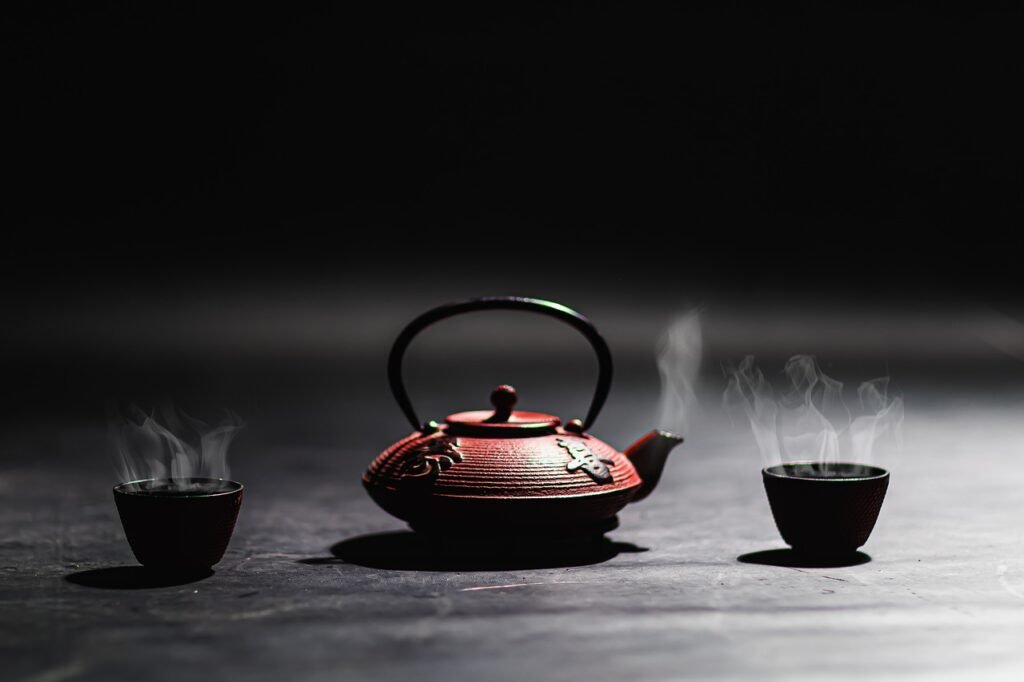
Bespoke Brand Interaction
In the world where mass production dominates, personalization in beverage packaging stands as a sanctuary of uniqueness. It is not merely about quenching thirst but about offering a tailored experience that echoes the individuality of each consumer.
Custom Labels
Imagine a Coca-Cola bottle adorned with your name or a craft beer label tailored to commemorate a local event. These aren’t just marketing strategies but endeavours to turn each package into a personalized narrative, a canvas where the consumer sees a reflection of their identity.
Limited Editions
Brands often release limited edition packaging to commemorate events, seasons, or locales. Each package becomes a collector’s item, a tangible testament to a moment in time, fostering a sense of exclusivity and belonging among consumers.
Leveraging Data for Customization
In the age of big data, personalization extends beyond mere aesthetics to incorporate deep consumer insights. For startup founders, this means utilizing data analytics to understand consumer preferences and trends, which can then inform personalized packaging initiatives.
This approach allows brands to tailor their packaging not only to individual preferences but also to contextual factors such as seasonal changes, local cultural events, or even current social trends.
By integrating consumer data into the design process, startups can create packaging that feels uniquely relevant to each consumer, enhancing their emotional connection to the brand.
Building Brand Loyalty Through Personalized Engagement
Personalized packaging can be a powerful tool for building brand loyalty. Startups can foster this connection by encouraging consumers to engage with the brand through customizable packaging features.
This could include interactive elements like QR codes that, when scanned, allow consumers to design their version of the label or participate in brand-led contests. Moreover, incorporating augmented reality features that unlock personalized content or experiences can transform the packaging into an interactive touchpoint that deepens the brand’s relationship with its consumers.
Utilizing Digital Printing for Agile Personalization
Digital printing technology has revolutionized the possibilities for personalized packaging due to its flexibility and cost-effectiveness, particularly for short runs. This technology allows startups to experiment with different designs without the high costs associated with traditional printing methods.
It enables brands to offer limited-time personalizations that can commemorate special occasions or react quickly to market trends. This agility is a significant asset in the dynamic beverage market, where consumer preferences can shift rapidly.
Enhancing User Experience with Smart Packaging
Smart packaging goes beyond traditional printing and materials by integrating technology that can provide a more engaging experience. For instance, packaging that uses smart labels with chips or sensors can help consumers track the freshness of the beverage, monitor temperature conditions, or even re-order their favorite products directly from the packaging. These technologies not only enhance the practicality of the packaging but also add an element of novelty and interaction that can delight consumers and differentiate a brand.
Promoting Sustainability Through Personalized Refill Options
Incorporating personalization into a sustainability strategy can be particularly effective. Startups can offer personalized refillable bottles or containers that encourage consumers to reuse their packaging. This not only reduces waste but also strengthens the consumer’s attachment to the brand.
Personalized refill stations, where consumers can refill their custom-labeled bottles with their beverage of choice, can also create a unique brand experience that aligns convenience with ecological consciousness.
Enhancing personalized experiences in beverage packaging involves a blend of technology, consumer insight, and creative marketing strategies. By focusing on data-driven customization, engaging brand interactions, flexible digital printing, smart packaging innovations, and personalized sustainability initiatives, startups can captivate and retain consumers in a competitive market.
This tailored approach not only meets the individual needs and desires of consumers but also fosters a deeper emotional connection with the brand, setting the foundation for lasting loyalty.

Related: Check out our free SEO suite

Sensory Appeal
A Feast for the Senses
Beverage packaging is not just a visual entity but a sensory experience. The tactile sensation of a cold, embossed glass bottle, the audible fizz upon uncapping a carbonated drink, every element is orchestrated to tantalize the senses.
Textural Intricacies
The texture of the packaging is a silent yet potent element of brand communication. From the smooth elegance of a wine bottle to the rugged allure of a craft beer label, texture adds a tangible depth to the brand narrative.
Interactive Engagement
Modern packaging often incorporates interactive elements. QR codes that unveil brand stories, labels that change color when the beverage is chilled to perfection, each innovation turns packaging into an interactive experience.
Engaging the Senses Through Material Innovation
The tactile qualities of beverage packaging play a critical role in consumer perception and product experience. For startups, selecting the right materials can significantly enhance the sensory appeal of the packaging.
Innovations in material science offer opportunities to engage senses uniquely—for instance, using textured papers or soft-touch finishes that invite touch, or incorporating scent-releasing technologies that can emit a pleasant aroma upon handling.
These sensory elements can make the physical act of picking up and holding the product a memorable part of the consumer experience, potentially influencing purchase decisions.
Amplifying Brand Presence Through Auditory Elements
The sound of packaging can also be a powerful sensory tool. Consider the distinctive pop of a cork, the fizz of a carbonated drink, or the snap of a high-quality cap—these sounds can become synonymous with the brand experience.
Startups should think about how the auditory components of their packaging contribute to the overall brand narrative. For instance, designing closures that make a satisfying sound when opened or closed can reinforce perceptions of quality and freshness, enhancing the sensory profile of the product.
Visuals That Tell a Story
While aesthetics are often discussed in terms of visual appeal, the strategic use of visuals can go further to stimulate the consumer’s imagination and evoke emotions. For beverage startups, this could involve incorporating dynamic graphics that change under different light conditions or when viewed from different angles.
Employing holographic images or thermochromic inks that change color with temperature adjustments can create a sense of interaction and playfulness. These visual effects not only attract attention but also enhance the storytelling aspect of the packaging, making the beverage a topic of conversation.
Flavor Preservation as a Sensory Strategy
The primary function of beverage packaging, beyond holding the liquid, is to preserve its flavor and quality. Innovations in packaging technology that improve this aspect—such as UV-blocking materials or enhanced seal integrity—can be a significant selling point.
For startups, investing in packaging that guarantees the lasting freshness of the beverage can be a decisive factor for consumers who prioritize quality and purity. These functional attributes, while not directly sensory, contribute to the overall sensory experience by ensuring the product tastes as intended from the first sip to the last.
Creating a Complete Sensory Experience
The ultimate goal for beverage startups should be to create a comprehensive sensory experience that aligns with the brand’s identity and consumer expectations. This means considering how each sensory element—visual, tactile, auditory, and taste—works together to convey a cohesive brand story.
For instance, a luxury wine might use heavy glass bottles with intricate embossing to convey premium quality, while a youthful, energetic drink brand could use bright, bold colors and playful graphics to resonate with a younger audience.
Enhancing sensory appeal in beverage packaging involves a holistic approach that encompasses innovative materials, auditory feedback, engaging visuals, and flavor preservation.
By strategically integrating these elements, startups can craft a distinctive sensory profile that captivates consumers, enhances brand recall, and ultimately, drives sales. This sensory branding not only differentiates the product on crowded shelves but also builds a deeper emotional connection with consumers, encouraging loyalty and advocacy.
Storytelling Unleashed
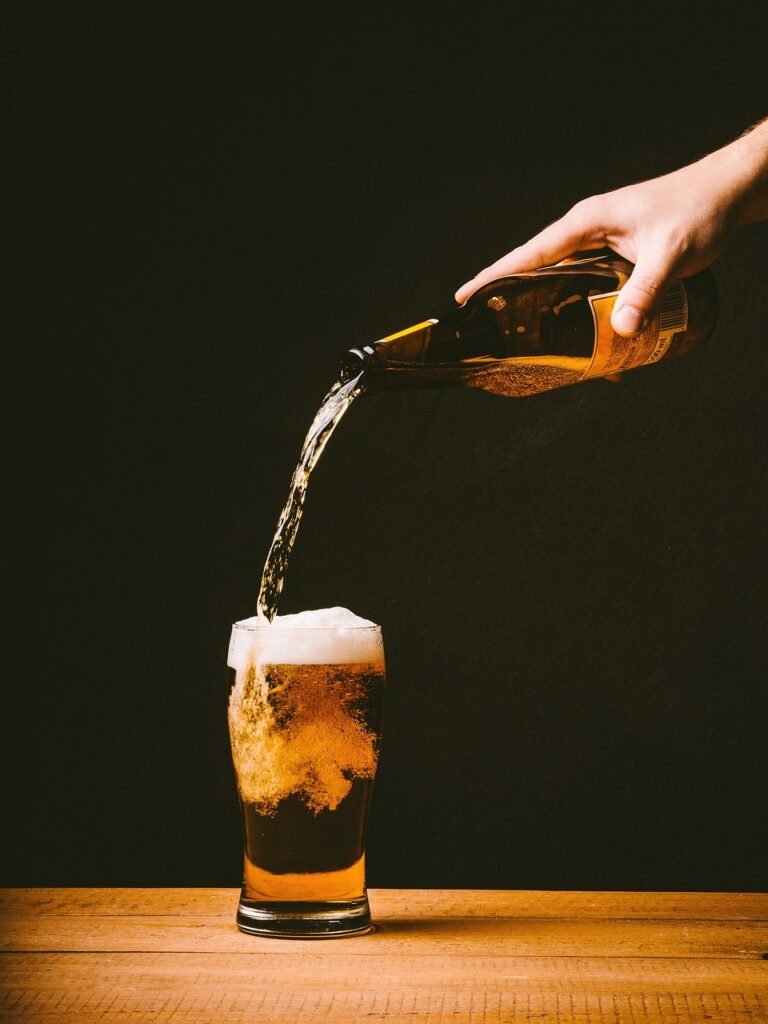
Narratives in Every Sip
Every beverage brand is a story unfolding, and packaging is often the prologue. It’s not just about containing a liquid but encapsulating a narrative – of the brand’s origins, its journey, and its ethos.
Historical Echoes
Consider the iconic whisky brands with labels that resonate with a vintage allure, echoing a legacy of distillation mastery. Or craft beers, where each label is a canvas narrating tales of local brews, indigenous ingredients, and community spirit.
Imagery and Iconography
The images, icons, and artworks adorned on beverage packages aren’t ornamental but narrative. They weave visual tales, echoing everything from the brand’s heritage to the beverage’s character, turning each glance into a narrative experience.
Crafting a Narrative with Every Layer
The power of storytelling in beverage packaging cannot be overstated, particularly for startups looking to establish a strong market presence. Each element of the packaging design should contribute to a cohesive story that embodies the brand’s ethos, heritage, or innovation.
For instance, using packaging layers to gradually reveal the brand story can enhance consumer engagement. Outer packaging might hint at the origin story of the brand, while the inner packaging could reveal more personal, detailed narratives about the ingredients or the creators.
This method of layering stories not only enriches the unboxing experience but also builds anticipation and deeper connection with the product.
Integrating Local and Cultural Elements
For beverage startups, localizing content can be a significant differentiator. This involves incorporating local art, language, and symbols into the packaging design, which can resonate deeply with local consumers and pique the interest of global customers looking for authentic experiences.
For example, a craft beer brand might use traditional local motifs or dialects in its labeling, which tells a story of community and place. This approach not only strengthens consumer identification with the brand but also celebrates cultural heritage, adding layers of authenticity and uniqueness to the product.
Utilizing Technology to Share Your Story
Modern technology offers myriad opportunities for interactive storytelling through packaging. Augmented reality (AR), for instance, can bring a beverage label to life, allowing consumers to explore the story behind the brand using their smartphones.
Through AR, brands can provide virtual tours of their production processes, share detailed product information, or even feature messages from the founders. This use of technology not only captivates consumers but also allows startups to share their narratives in a dynamic and engaging way, potentially increasing consumer engagement and loyalty.
Emphasizing Sustainability as Part of the Brand Narrative
In today’s eco-conscious market, sustainability can form a compelling part of a brand’s narrative. Startups should consider how their commitment to sustainable practices can be woven into their storytelling.
This might include details on the packaging about how the materials are sourced, the environmental impact of the product, or the company’s broader goals for sustainability. Such transparency not only informs consumers but also builds trust and aligns the brand with the values of a growing demographic of environmentally aware customers.
Reinforcing the Narrative with Consistent Messaging Across Channels
To maximize the impact of storytelling through packaging, it is crucial for startups to ensure that the narrative is consistent across all marketing channels. This consistency helps reinforce the brand story, making it more memorable and impactful.
Whether it’s through social media, advertising, or on the packaging itself, every touchpoint should reflect and amplify the core narratives established on the packaging. This strategic alignment across platforms helps to create a strong, unified brand identity that consumers can easily recognize and relate to.
Leveraging storytelling in beverage packaging involves more than just printing a logo or a catchy slogan. It requires a strategic approach to narrative development, cultural integration, technological engagement, sustainability messaging, and cross-channel consistency.
By effectively utilizing these elements, startups can transform their packaging from a simple container into a powerful storytelling tool that engages consumers, builds brand loyalty, and differentiates their products in a competitive market.
A Toast to the Future of Beverage Packaging
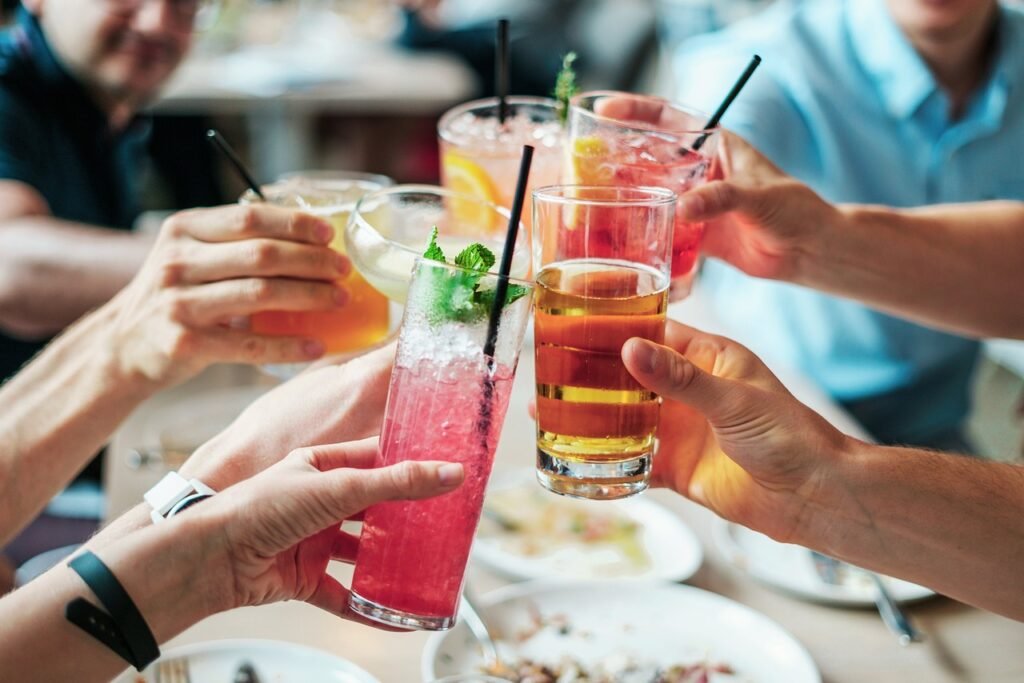
As we seal the cap on this explorative journey into the world of beverage packaging, a few resonant themes emerge, painting a vibrant tableau of the past, present, and anticipated future of this dynamic sphere. Each bottle, can, or carton isn’t merely a functional entity but a storyteller, a brand ambassador, and a silent yet eloquent participant in the consumer’s journey with the beverage.
A Symphony of Elements
The confluence of aesthetics, functionality, innovation, and sustainability is akin to a well-orchestrated symphony. Each element, from the choice of colors and designs to the integration of technology and ethical considerations, plays a pivotal note in the melodious narrative of the brand. It’s a narrative that doesn’t just reside on the shelves but unfolds, evolves, and resonates in every interaction, every sip, echoing the brand’s legacy, ethos, and commitment to delivering not just a beverage but an experience.
The Canvas of Innovation
Technology emerges as both a paintbrush and a canvas, where the art of beverage packaging is reimagined. In a world where the tangible and digital dance in seamless harmony, packaging is no longer static. It’s dynamic, interactive, and immersive, inviting the consumer into a journey where each interaction is personalized, each experience is memorable, and each sip is a harmonious blend of the tangible and sensorial, the ethical and aesthetic.
Sustainable Narratives
As we toast to the future, sustainability isn’t a peripheral theme but a core narrative. It’s a narrative woven with threads of innovation, ethics, and aesthetics. Each eco-friendly material, each sustainable practice isn’t just a feature but a chapter in the brand’s unfolding story—a story that echoes not just in the marketplace but in the global ecosystem, resonating with the rising tide of environmental consciousness.
Crafting Legacies
Every brand is on a journey to craft a legacy—a legacy that echoes not just in the visual and sensorial appeal of the packaging but in the silent yet potent narratives of ethics, innovation, and experiences. In the intricate dance of these multifaceted elements, beverage packaging is evolving from a functional necessity to an art form—a canvas where the brand’s soul, essence, and identity come to life, inviting consumers to not just observe but to participate, to engage, and to belong.
Conclusion
As we encapsulate our exploration of beverage packaging, it is clear that every design decision plays a critical role in how a brand is perceived and experienced. From aesthetic appeal and functional elegance to sustainable innovation and personalized experiences, each element works synergistically to create a compelling narrative that resonates with consumers. For startups in the beverage industry, understanding the multifaceted nature of packaging is not just about containment but about crafting an immersive brand story that captures attention and fosters loyalty.
Leveraging the latest technologies and embracing eco-friendly practices further amplify a brand’s appeal, aligning with modern consumer values and market trends. Ultimately, effective beverage packaging acts as a dynamic interface between the product and the consumer, offering more than just a visual or tactile impression—it provides a memorable encounter that can elevate a brand from mere consumption to a cherished part of a consumer’s lifestyle. This strategic approach to packaging is what sets market leaders apart and what innovative startups must aim for to thrive in the competitive landscape of the beverage industry.
Read Next:
- The Future of Digital Marketing: Predictions for the Next Decade
- The Evolution of Digital Marketing: From Billboards to Bots
- Digital Marketing Metrics that Matter: Tracking Success and ROI
- 10 Proven Digital Marketing Strategies to Boost Your Online Presence
- Demystifying Digital Marketing: Key Concepts Every Marketer Should Know






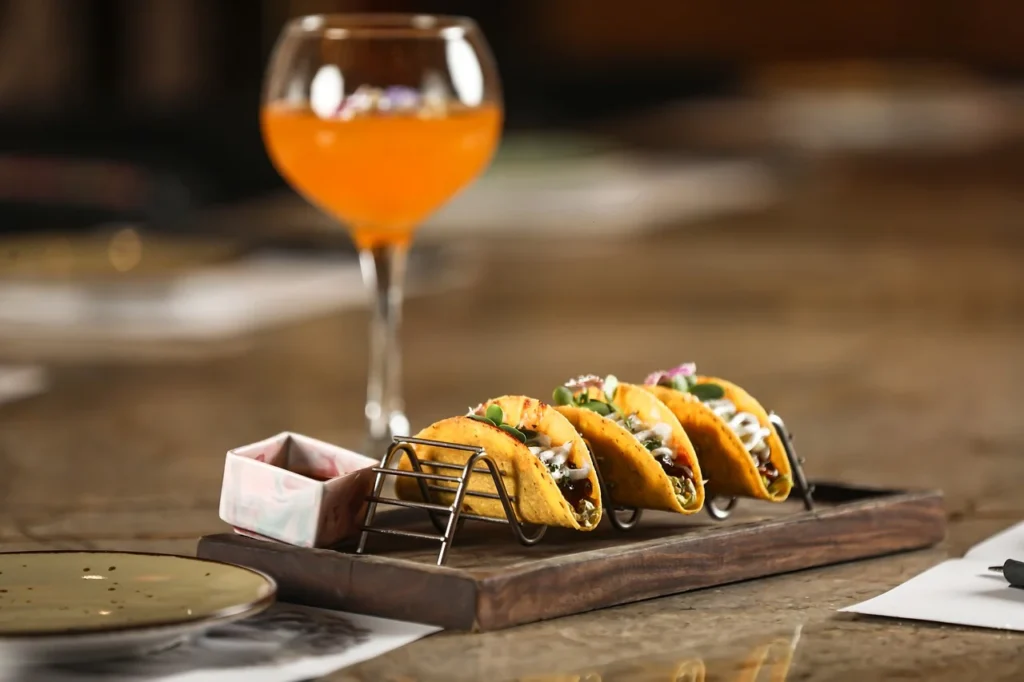



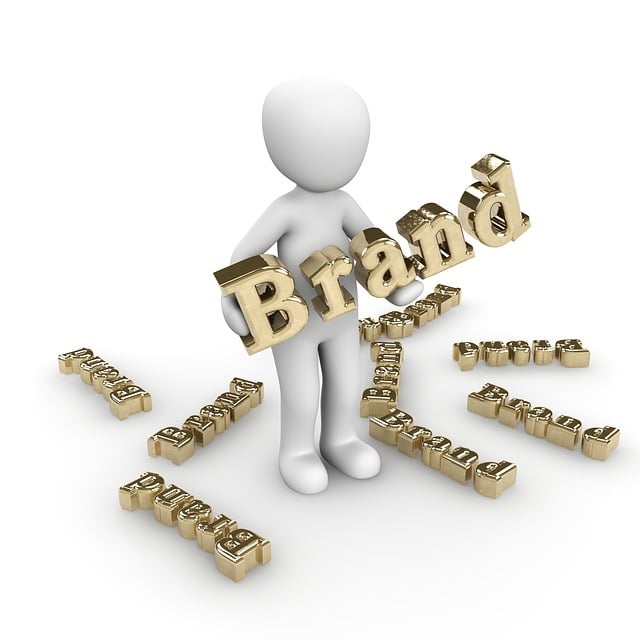
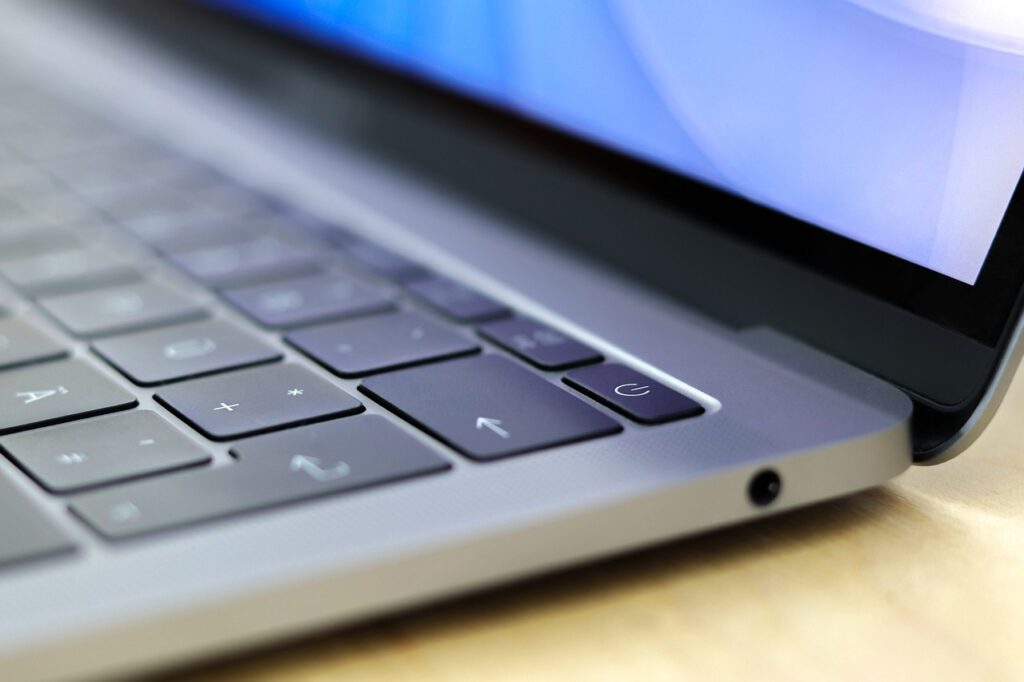




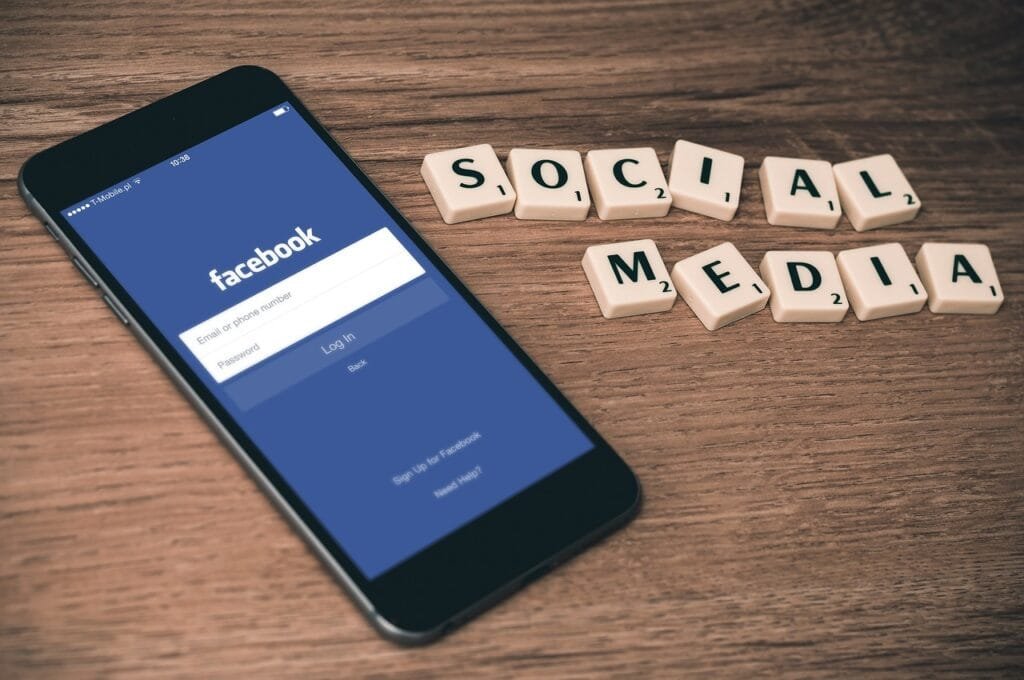
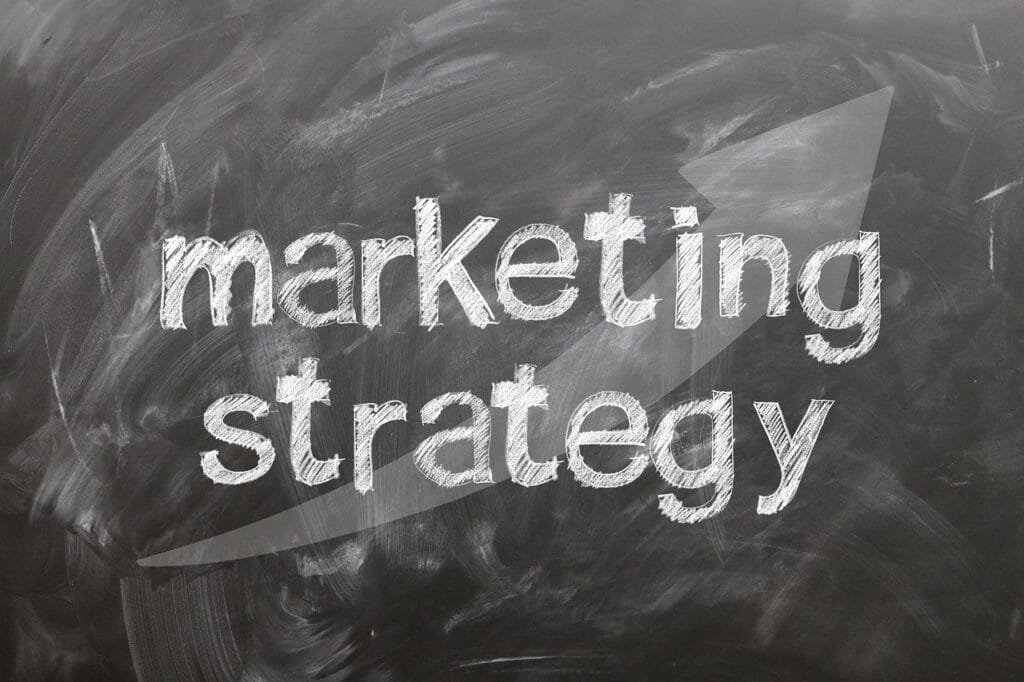
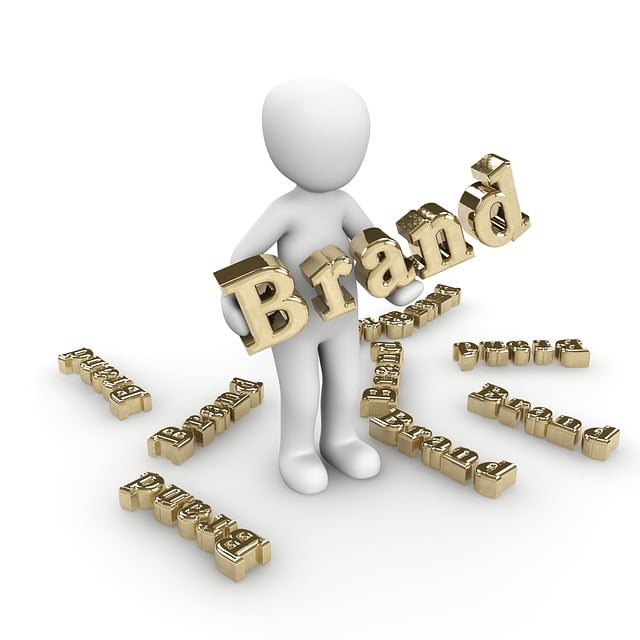



Comments are closed.